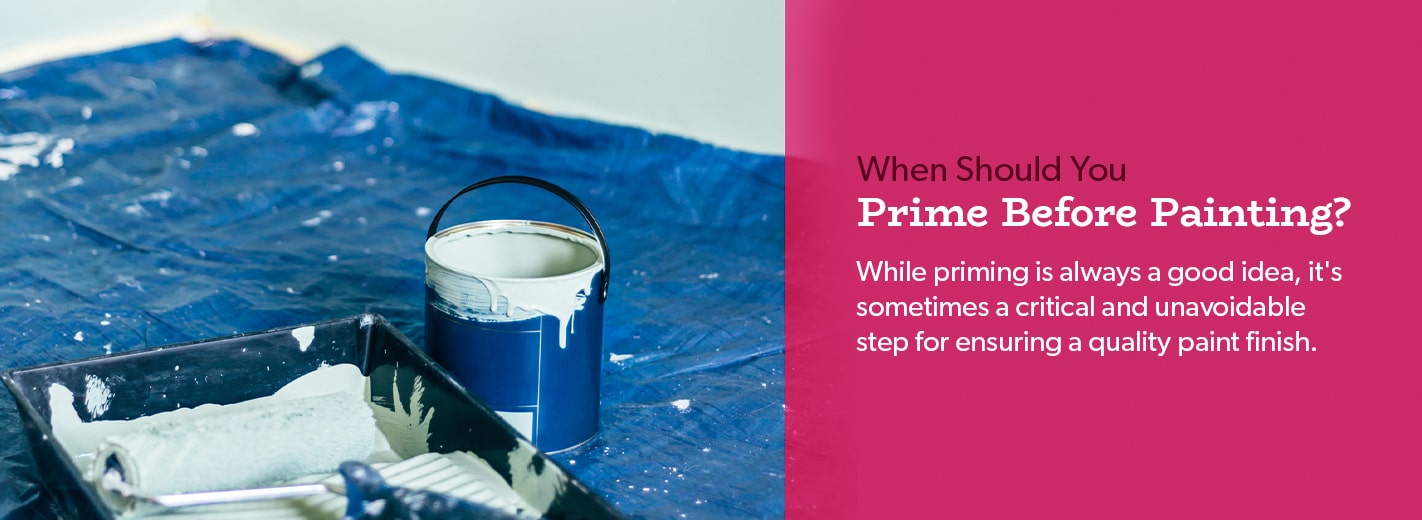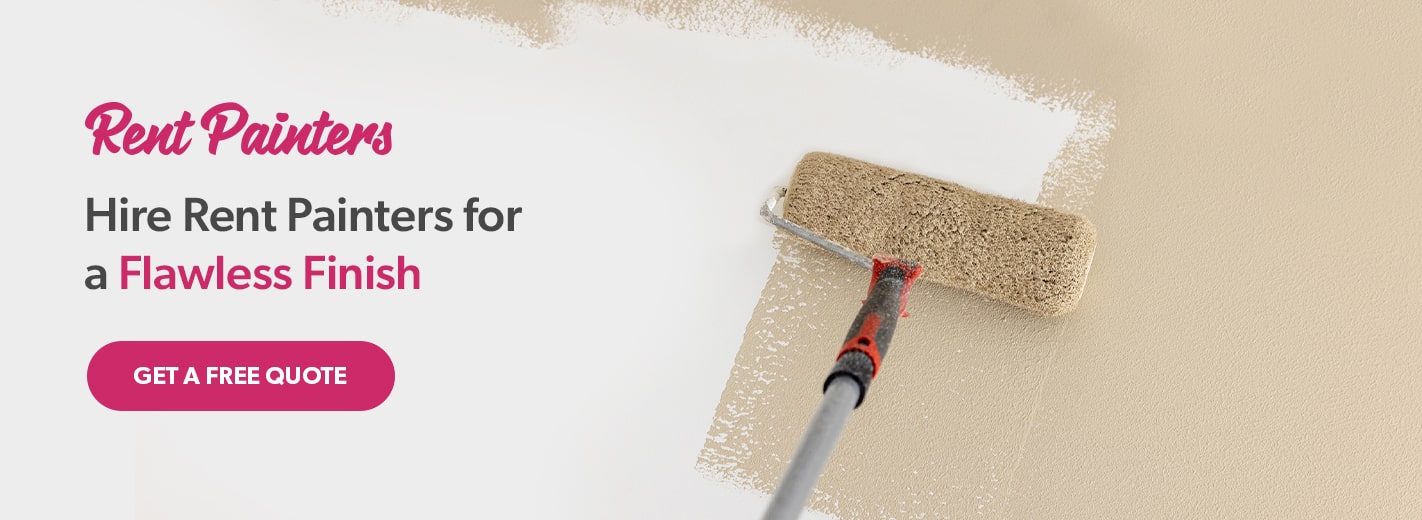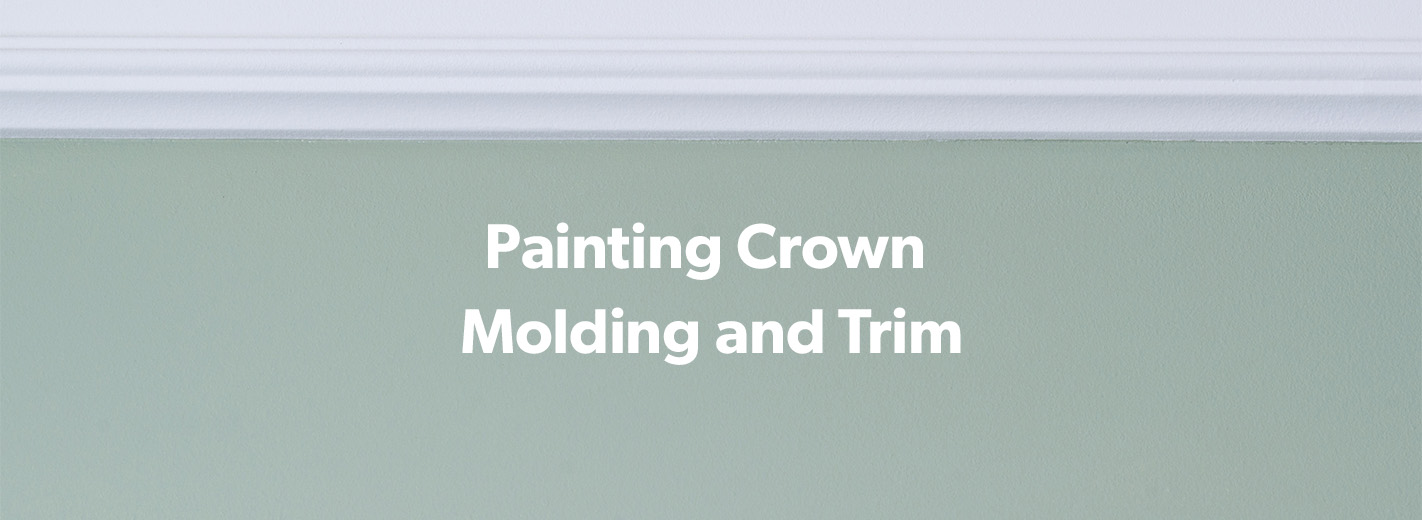In more cases than not, primer is an essential step in any painting process. Making the extra effort to properly prepare your surface can significantly improve your paint’s look and longevity. Primer provides painters and homeowners with many benefits. Learn more about the importance of primer when painting below.
What Is Primer, and What Does It Do?
While primer may look similar to paint, its purpose is not to add a beautiful color to your wall, but to create a clean, smooth surface for your paint to adhere to. Unlike paint, primer includes an adhesive binder and a much higher amount of concentrated solids. It’s a base coat that prepares your walls to ensure a smooth, spotless paint application.
Priming creates an ideal surface for painting by acting as a sealant for any porous surfaces. If you paint on an absorbent surface without priming first, the color will seep in, leaving behind a dull and uneven color.
Primer helps your paint go on smoothly and keeps your paint looking flawless for longer. Since primer has adhesives in its formula, your paint sticks well and remains beautiful.
Other benefits of primer include:
- Evens out surfaces, even on wood or other textured materials
- Dries quickly
- Conceals any previous colors on the wall, so you get to see the paint’s true color
- Prevents paint from fading, peeling or cracking
Do You Always Have to Prime Before Painting?
Priming offers many benefits, so should you always prime before painting? Primer isn’t always a requirement. However, it is highly recommended to provide you with a finish you’re happy with, especially for specific interior paint jobs.
Skipping out on primer may seem like a clever trick to save a bit of money upfront, but you may end up spending even more on supplies over time. Without primer, you may need to apply extra coats. Also, as the paint won’t hold up as well without primer, you may need to periodically repaint the area to fix any chipping or fading.

When Should You Prime Before Painting?
While priming is always a good idea, it’s sometimes a critical and unavoidable step for ensuring a quality paint finish. If any of the following scenarios represent your painting situation, this is a sure sign you should prime your walls before painting.
Significant Paint Color Change
Over time, your style changes, so you may be ready to trade your vibrant red walls for a lighter, neutral color. Changing your paint color is doable if you take the necessary steps, like priming, to ensure you get the color you like. Without primer, your darker color will still come through your lighter paint, leaving you with a different shade than you picked in the store.
Primer will also help you use less topcoat paint. Without primer, it will take extra coats to get your lighter paint to cover a darker color. Even after spending more time and money, you may not get your desired color.
If you’re trying to cover a dark or unique color, you can ask your local paint store to tint your primer to help give you a more even base.
Current Staining on the Surface
Similar to darker paint colors, some stains will still show through a fresh coat of paint — especially if you’re trying to paint your stained surface a lighter color. Luckily, just like darker paint colors, primer can conceal the stain.
Before priming, identify what caused the stain to ensure there are no other underlying issues. For instance, if you have a water stain, verify there is no more active leaking. Or, if your surface has mold or mildew, thoroughly clean and disinfect the area before priming or painting. While primer can help cover up stains, it cannot stop any existing issues from continuing or worsening.
The Surface Is Porous
As you now know, primer doubles as a sealant, preventing porous surfaces such as wood and drywall from soaking up your paint.
When a porous surface absorbs paint, you’ll need several additional coats to achieve the color you’re looking for. Even with extra coats, the finish can still be uneven and patchy.
The Surface Is Glossy
It is difficult for paint to adhere to glossy surfaces. Primer is necessary to get new paint to stick to shellacked surfaces or those currently covered by enamel or high-gloss paint.
Primer contains adhesives to help paint stick to the surface. It also has a slightly rough texture compared to glossy finishes.
The Surface Has an Odor
Odor blocking is a lesser-known benefit of paint primer. Walls can soak up scents from cigarette smoke, pets, foods and fire. If you’re looking to paint your new apartment or home where the previous tenants produced any of these, you’re likely to still smell them.
Luckily, primer acts as a sealant that locks all those odors in. If you try to conceal odors with only paint, you’ll notice the unwanted smells still seeping through. Primer eliminates odors by design, so you should prime before you paint if you want to remove strong scents.
Hire Rent Painters for a Flawless Finish
Primer is an excellent way to ensure a beautiful finish, but do you know there’s an even easier way to obtain the perfect paint job? Hire professionals who can quickly and seamlessly give you your dream paint update. At Rent Painters, you only need to provide the paint and your creative vision, and we’ll bring our professional expertise and all the necessary supplies to give you a paint job you’ll love.
With honest estimates, limited warranties and a satisfaction guarantee, we make it simple to transform your home through paint. Start by using our online price estimate calculator to receive an instant quote. For specialty projects or questions, contact us directly to speak with our team.


